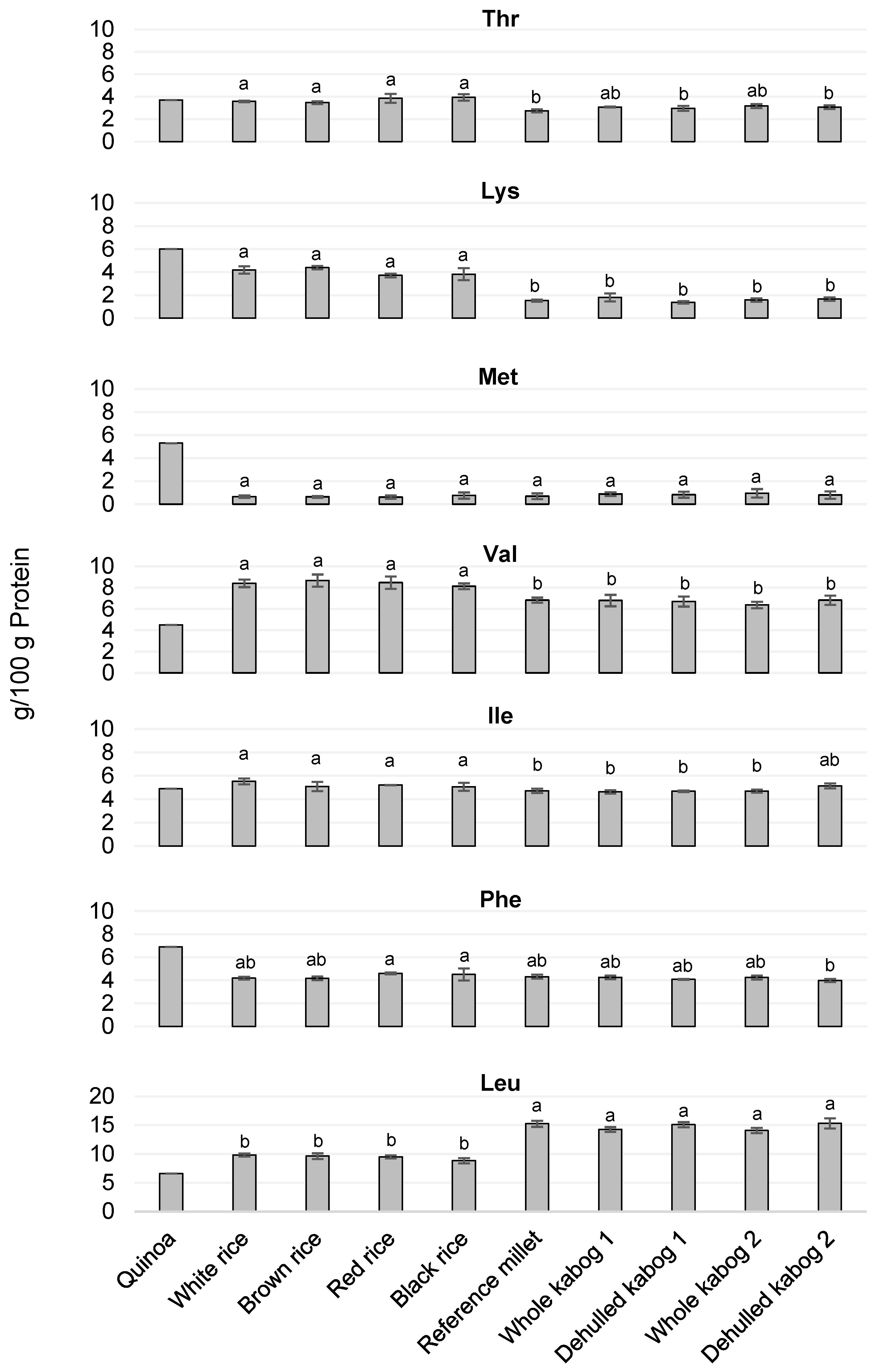


As a consequence, there is demand for automated systems that can perform hundreds or thousands of experiments with minimal human supervision. This is often not feasible in biological experiments as they often take a long time to conduct. Typically, deep learning requires thousands to tens of thousands of data points ( O’Mahony et al., 2019). One important consideration when applying deep learning and other machine learning methods is the size of the training datasets. Recently, an online platform has been developed to allow researchers without any prior knowledge of deep learning to use it in their own applications ( von Chamier et al., 2020), further increasing the usefulness of deep learning as an analytical tool. Deep learning also helps to detect transformed cells in human tissues ( Van Valen et al., 2016 Coudray et al., 2018), optimize treatment conditions ( Kusumoto and Yuasa, 2019), and explain animal behavior ( Heras et al., 2019). For example, ANN-based algorithms of cell segmentation are more accurate and much faster than conventional methods ( Hilsenbeck et al., 2017).

They are also becoming increasingly popular in solving biological problems. To demonstrate the utility of the system, we have used it to perform high-throughput Ca 2+ imaging and large-scale fluorescent labeling experiments.ĭeep learning and artificial neural networks (ANNs) developed in the past decade have been proven useful for image analysis, optimization tasks, and robotics ( LeCun et al., 2015 Hinton, 2018 Hinton et al., 2019). Our system is very flexible and can be adapted easily for individual experimental needs. Our design consists of an epifluorescent microscope with automated XY stage for moving a multiwell plate containing cells and a perfusion manifold allowing programmed application of up to eight different solutions.

Here, we present an open-source hardware and low-cost framework that allows for automatic high-throughput generation of large amounts of cell biology data. For these methods to be efficient, a large number of high-quality and reproducible experiments needs to be conducted, requiring a high degree of automation. Modern data analysis methods, such as optimization algorithms or deep learning have been successfully applied to a number of biotechnological and medical questions.


 0 kommentar(er)
0 kommentar(er)
